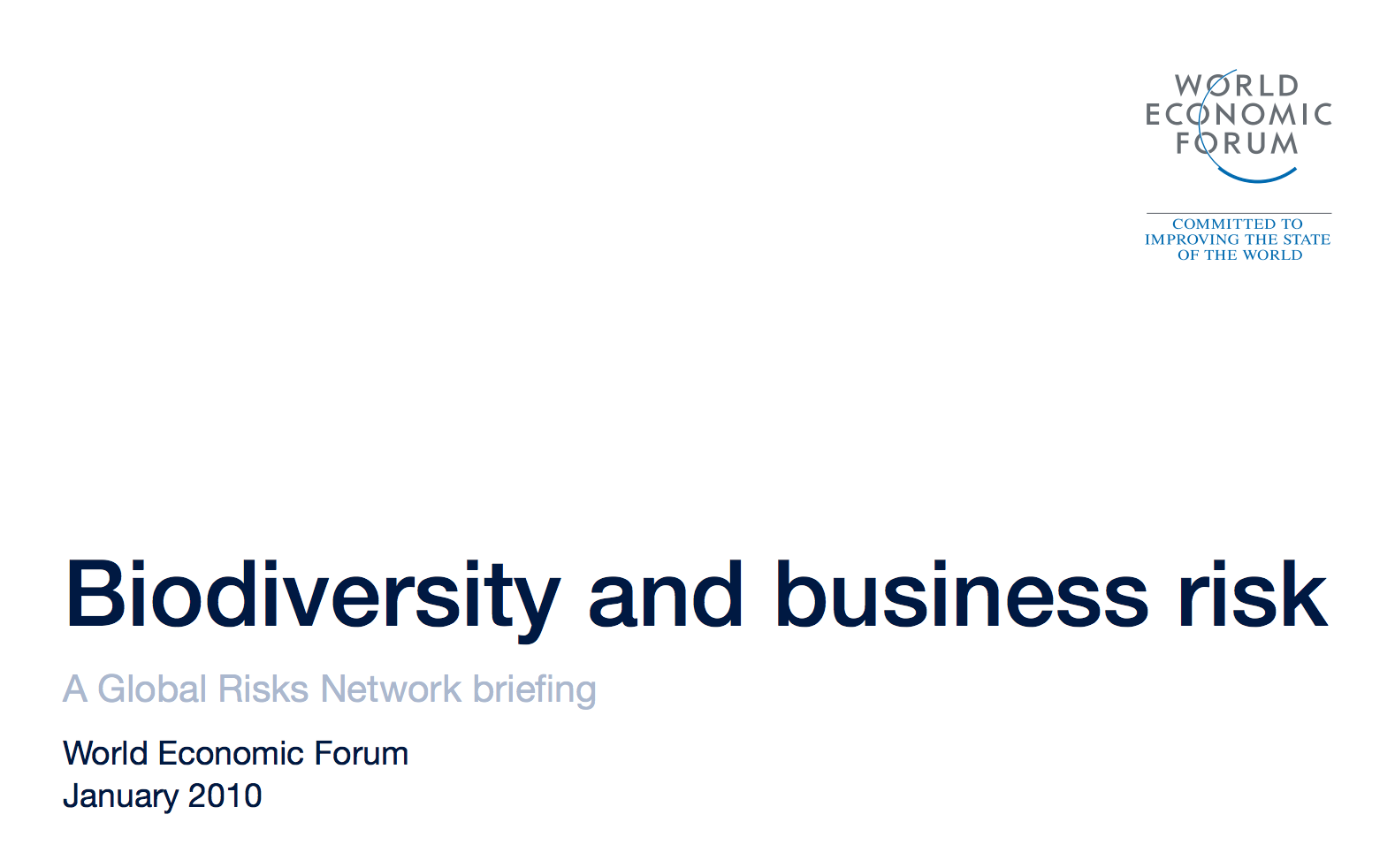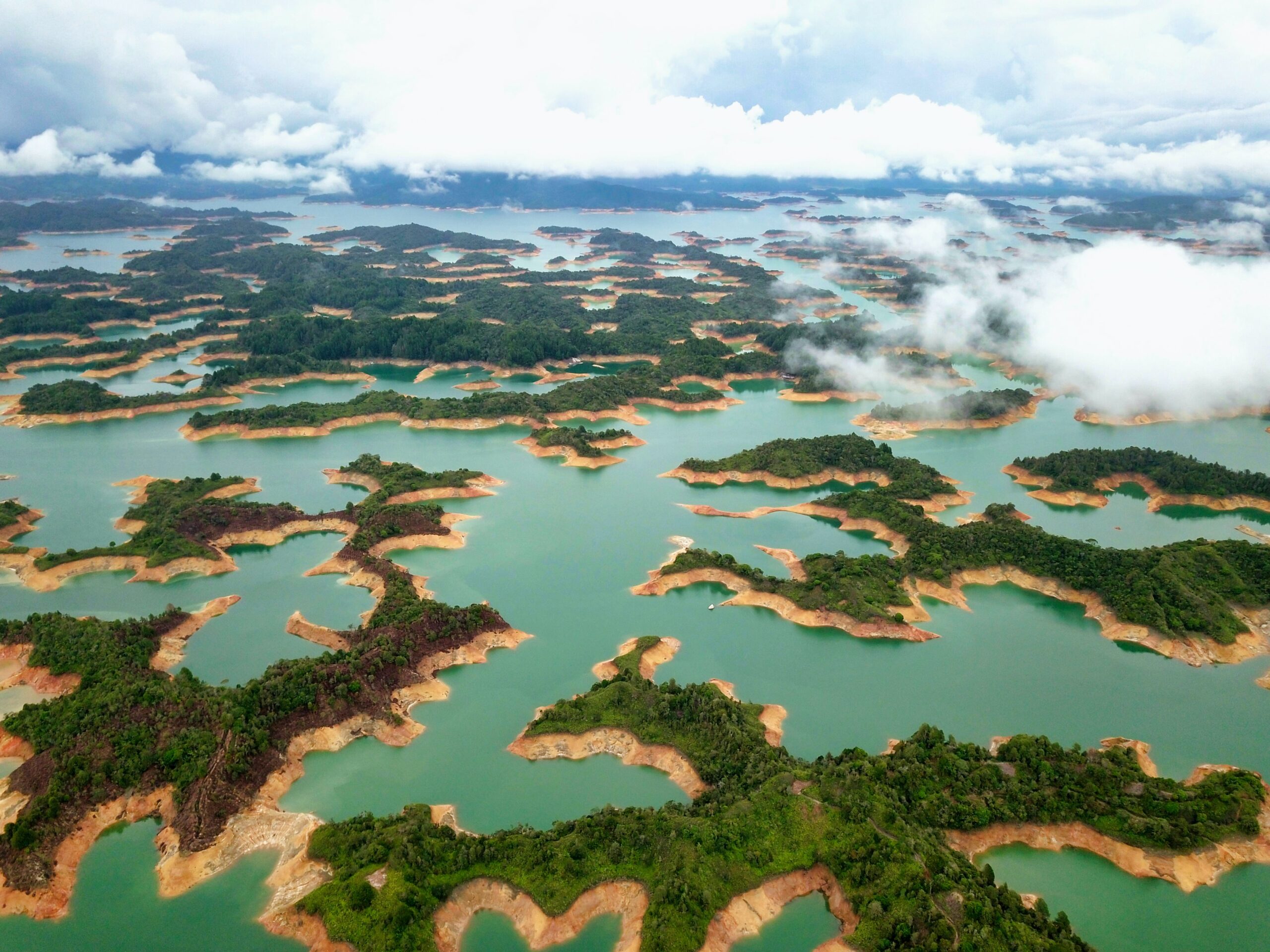
“Global warming may dominate headlines today. Ecosystem degradation will do so tomorrow.” Corporate Ecosystem Services Review, World Resources Institute et al. 2008
To understand why this conclusion was reached consider the figures. Using the implied social cost of carbon from the Stern report ($85 per tonne CO2), the long run economic cost of 2008 net greenhouse gas emissions could be in the region of $1.7trillion*. For the same year, the economic cost of biodiversity loss and ecosystem degradation was estimated to be between US$2 and US$4.5 trillion† (3.3 – 7.5% of global GDP). While these numbers are not directly comparable, the fact that they are in the same order of magnitude should give pause for thought.
To date discussions on biodiversity loss have focused on specifics such as coral reef degradation, deforestation or declining fish stocks. All of these are of concern to particular industries or regions. Recently, the broad systemic implications of biodiversity loss and ecosystem degradation linking to resource management, climate change and population growth have been more explicitly articulated. This briefing paper will explore both specific and broader systemic effects and the associated business risks.
This paper includes:
• A summary of the systemic nature of biodiversity loss and ecosystem degradation;
• Examples of biodiversity loss, ecosystem degradation and the associated value at risk;
• Current perceptions of biodiversity loss amongst business leaders and other decision makers;
• A typology of business risks related to biodiversity loss and ecosystem degradation including current examples and a case study looking at agricultural supply chains; and
• A high level guide for CEOs seeking to protect their businesses from the risks identified, pointing to a number of initiatives and resources that can help.
While this paper focuses on risk, it should be remembered that where there are risks there are also opportunities; with new trading mechanisms and markets, new technologies and design approaches, and improved land-use models, a new green economy presents a myriad of new areas for businesses to create value. In the summer of 2010, the international study The Economics of Ecosystems and Biodiversity (TEEB) will release a report aimed specifically at the business sector to help them understand and take advantage of this change.
Download the report here.












